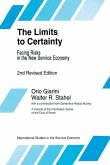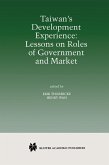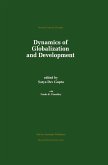I consider it a privilege to have been invited to write a preface for "The Limits to Certainty". It is however paradoxical that a theo retical physicist be asked to write about a monograph dealing mainly with service economics. Notwithstanding, I am delighted to do so. Indeed, it is striking that two so widely different fields like physics and social science, and more especially economics, can interact in such a constructive way. There is no question here of reductionism. Nobody claims to be able to reduce social scien ces to physics, nor to use patterns of social interaction in order to formulate new laws for atoms. What is at stake here is more im portant than reduction; the age-old separation between the so-cal led "hard" and "soft sciences" is breaking down. This separation has a long history. First, one should recall the influence of Newton's achievement on the formulation of scienti fic goals. This influence led to the formulation of equilibrium mo dels for supply/demand adjustment. As was noticed by Walter Weisskopf: "the Newtonian paradigm underlying classical and non-classical economics interpreted the economy according to the patterns developed in classical physics and mechanics, in analogy to the planetary system, to a machine or clockwork: a closed auto nomous system ruled by endogenous factors of a highly selective nature, self-regulating and moving to a determinate, predictable point of equilibrium" (The Geneva Papers on Risk and Insurance (1984), Vol. 9, no. 33, pp. 335-360).








